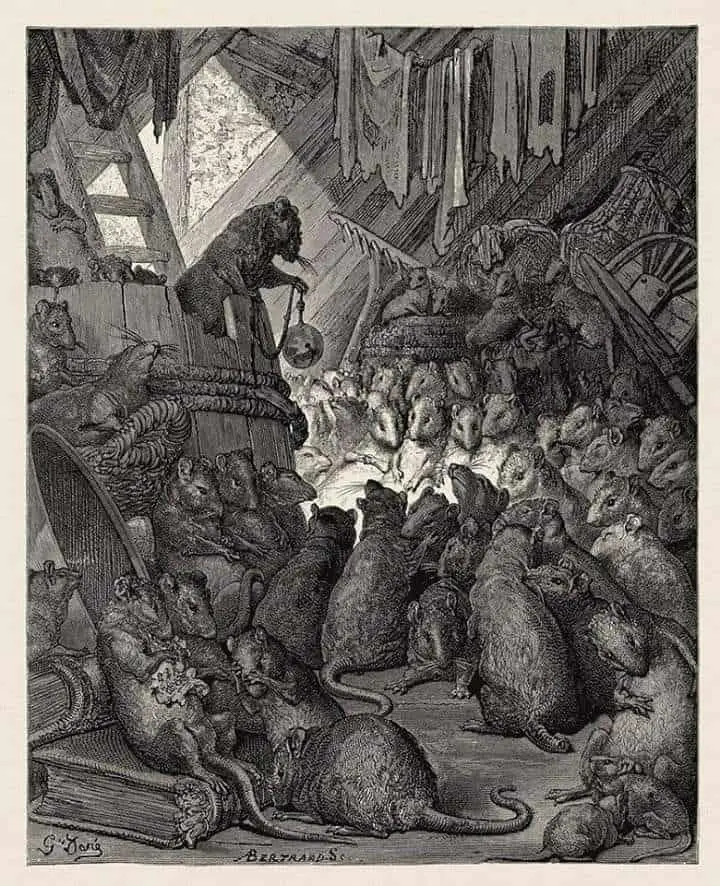‘Belling the cat’ is idiom which means that it’s all very well to come up with good ideas as a fix, but executing those good ideas is another matter. It comes from a fable of yore, in which rats come up with a great idea for foiling a predatory cat. They’ll put a bell around its neck. But who will dare do that?
This feels like one of Aesop’s, but actually that’s unclear. It’s part of that tradition, though.
Jean de La Fontaine (1621–1695) included this story in his book “Fables”. It still says something very true about committees and hierarchy and how things get done (or not). Wikipedia sums it up nicely: This fable is about ‘the fundamental opposition between consensus and individualism’.
The Council of the Rats
OLD Rodilard, a certain cat,
Such havoc of the rats had made,
’Twas difficult to find a rat
With Nature’s debt unpaid.
The few that did remain,
To leave their holes afraid,
From usual food abstain,
Not eating half their fill.
And wonder no one will,
That one, who made on rats his revel,
With rats passed not for cat, but devil.
Now, on a day, this dread rat-eater,
Who had a wife, went out to meet her;
And while he held his caterwauling,
The unkilled rats, their chapter calling,
Discussed the point, in grave debate,
How they might shun impending fate.
Their dean, a prudent rat,
Thought best, and better soon than late,
To bell the fatal cat;
That, when he took his hunting-round,
The rats, well cautioned by the sound,
Might hide in safety underground.
Indeed, he knew no other means.
And all the rest
At once confessed
Their minds were with the dean’s.
No better plan, they all believed,
Could possibly have been conceived;
No doubt, the thing would work right well,
If any one would hang the bell.
But, one by one, said every rat,
“I’m not so big a fool as that.”
The plan knocked up in this respect,
The council closed without effect.
And many a council I have seen,
Or reverend chapter with its dean,
That, thus resolving wisely,
Fell through like this precisely.
To argue or refute,
Wise counselors abound;
The man to execute
Is harder to be found.

STORYTELLING NOTES
While fables use nameless animals to stand in as proxy humans, this poem opens by giving ‘a certain cat’ an individuating name — the name of Rodilard. This name is made up for the purposes of the poem and remains associated with this particular work: Rodilard is from Latin rodo (“gnaw”) and lardum “lard”. I imagine a few people have named their pet cats Rodilard.
In stories across history, especially in children’s stories, a cat often functions as the Minotaur opponent. This is very frequently the case in stories about mice and rats. He (and he is almost always masculo-coded) will be an irredeemable murderer, because that is part of his nature. Everyone else has no choice but to either kill him or protect themselves. As the poem states explicitly, this kind of opponent is basically ‘the devil’. And devils aren’t that interesting in their own right. A story with a Minotaur/devil opponent will be about the conflict that happens between his victims.
It’s therefore interesting that this cat has ‘a wife’. I think this is comically interesting for precisely the reason that Minotaur opponents have no ‘humanity’ (and family indicates humanity), but also because cats don’t have wives; this tom is out on the prowl, clearly. The story requires a reason to keep the Minotaur opponent occupied with something other than food. Another base instinct.
First, though, the poem depicts a world of ‘havoc’. This cat has been causing upset for quite some time. Like many children’s books in particular, the story opens in the iterative, describing what has been going on every day. Now it will switch to the singulative: Now, on a day…
It’s significant that ‘the dean’ comes up with the idea rather than, say, an underling. People in charge are good at coming up with ideas that will put underlings in danger rather than themselves. Bob Dylan’s song “Masters of War” is all about that.
Come you masters of war
Masters of War, Bob Dylan
You that build the big guns
You that build the death planes
You that build all the bombs
You that hide behind walls
You that hide behind desks
I just want you to know
I can see through your masks
In this case, the dean of a chapter of rats doesn’t have sufficient power to force an underling rat to bell the cat, so the meeting closes with the idea tabled and no plan. While other stories would start right about now, this story ends before it kicks off, because not a single character dares carry it out.
In case the reader has failed to realise what the rats realised, four lines at the end summarise the message for us.
We can extrapolate that the rat community continues to suffer, with the cat keeping the rat population down. Rats are not typically sympathetic characters in stories, which makes them an appropriate choice for this particular fable.
CATS AND MICE IN ART
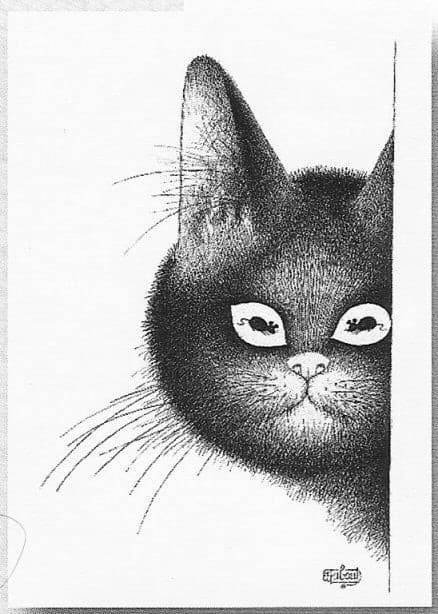
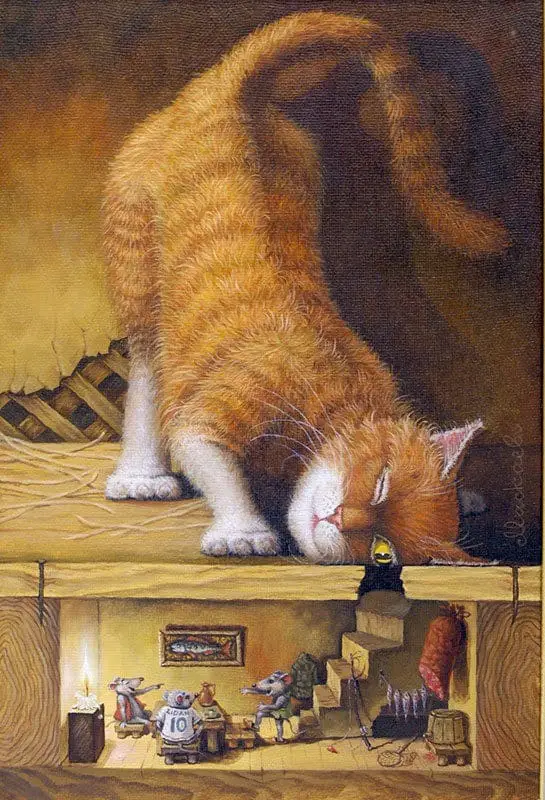
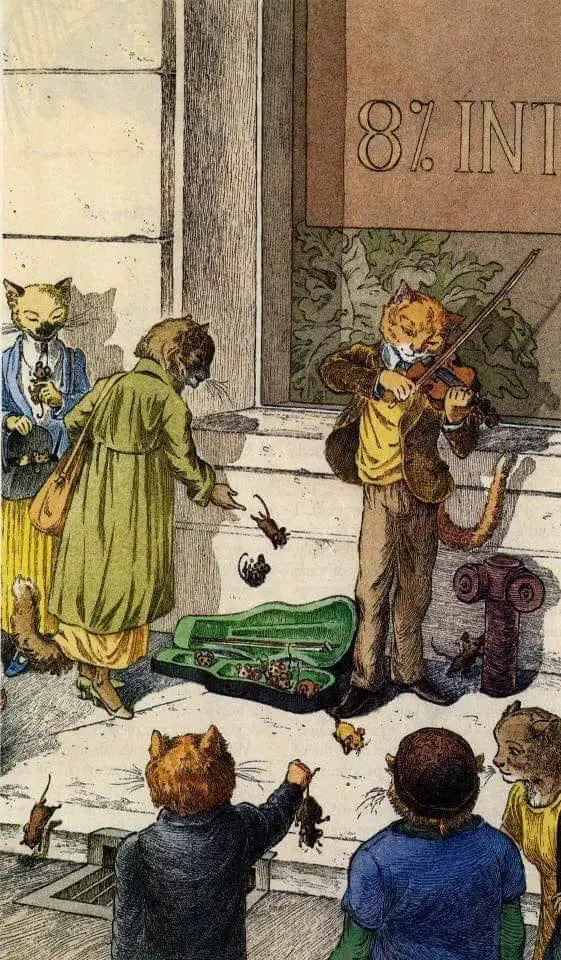
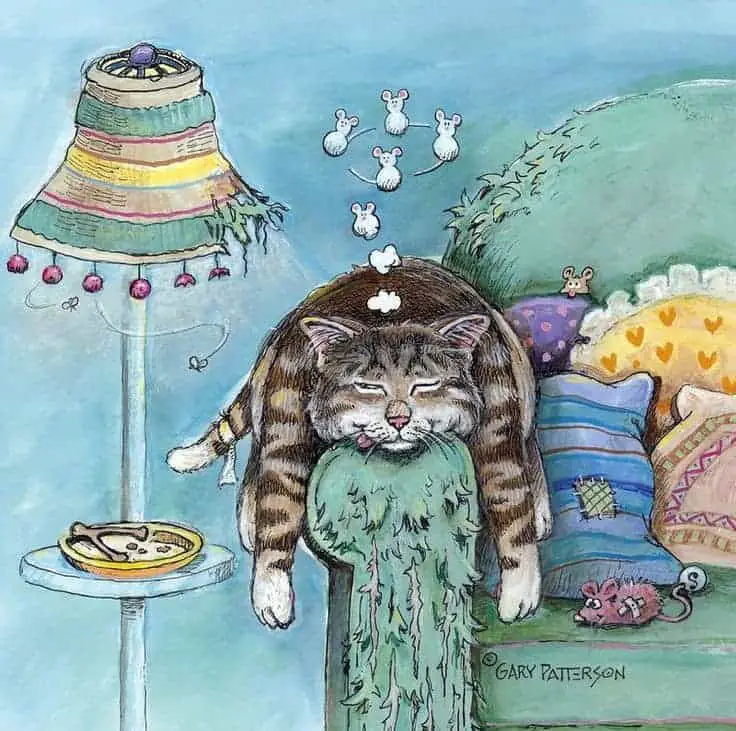
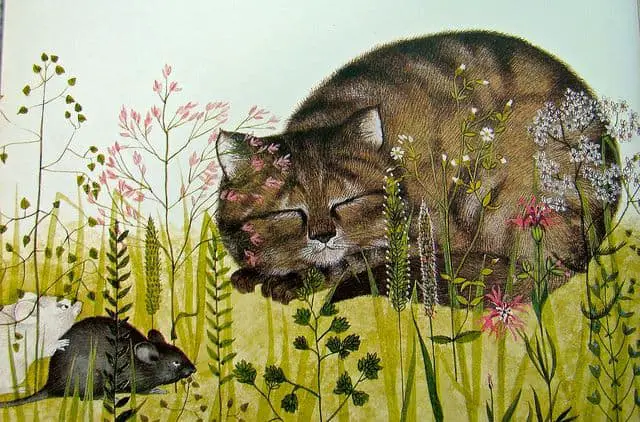
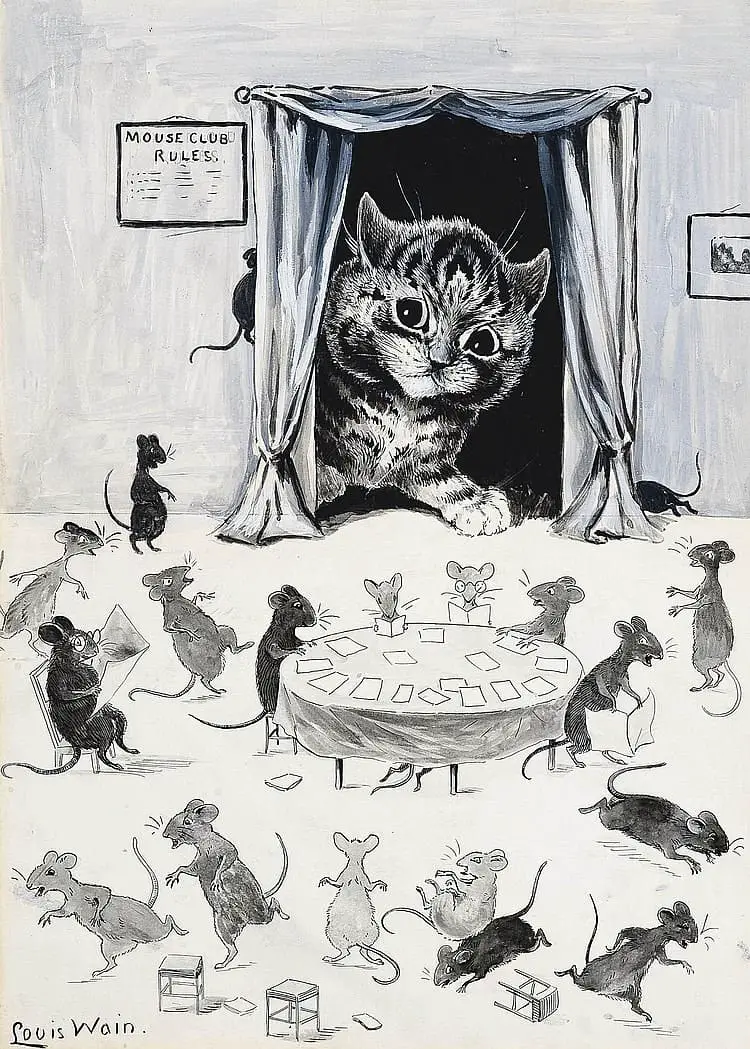
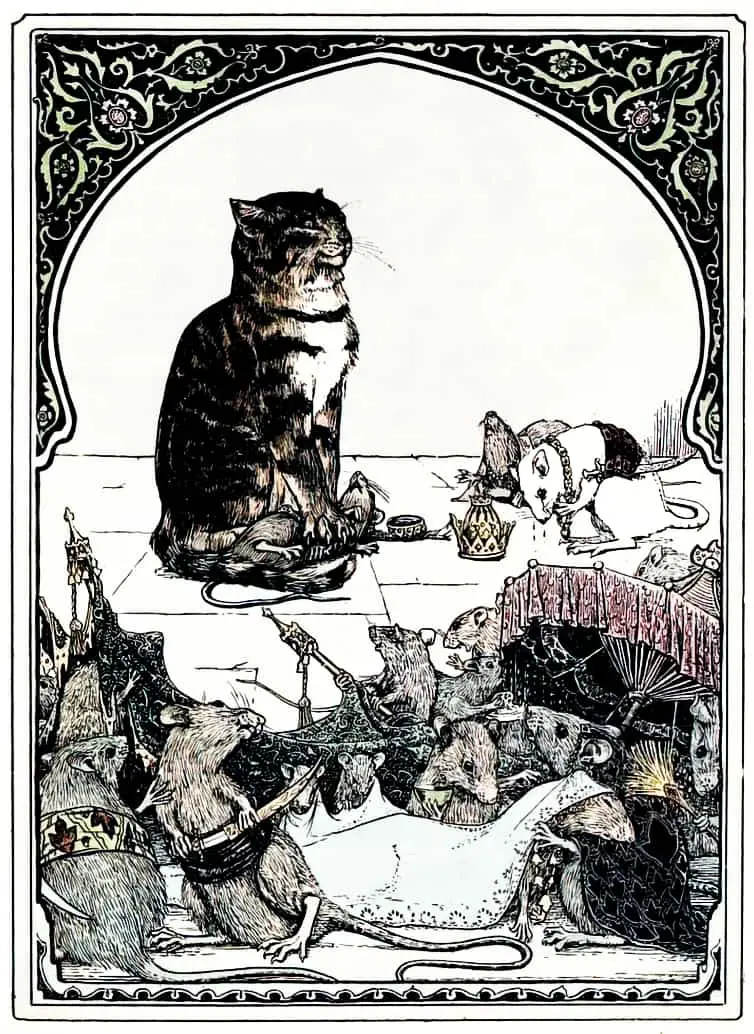
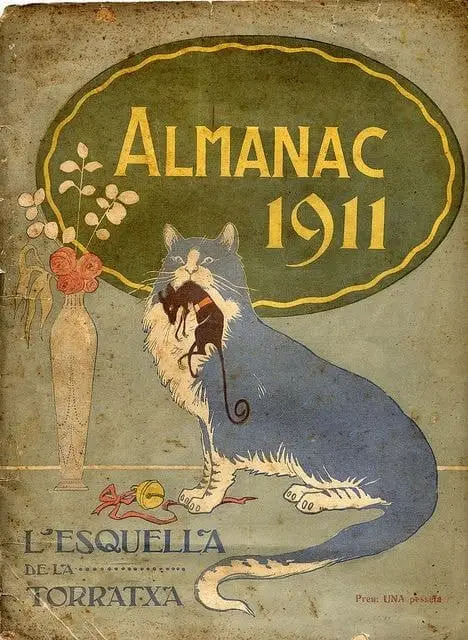
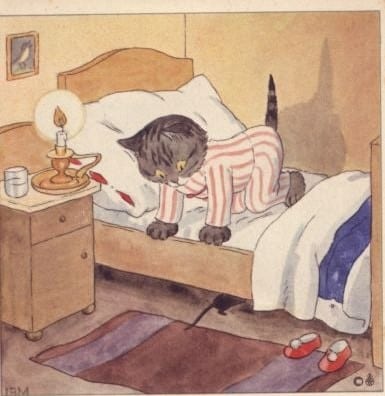
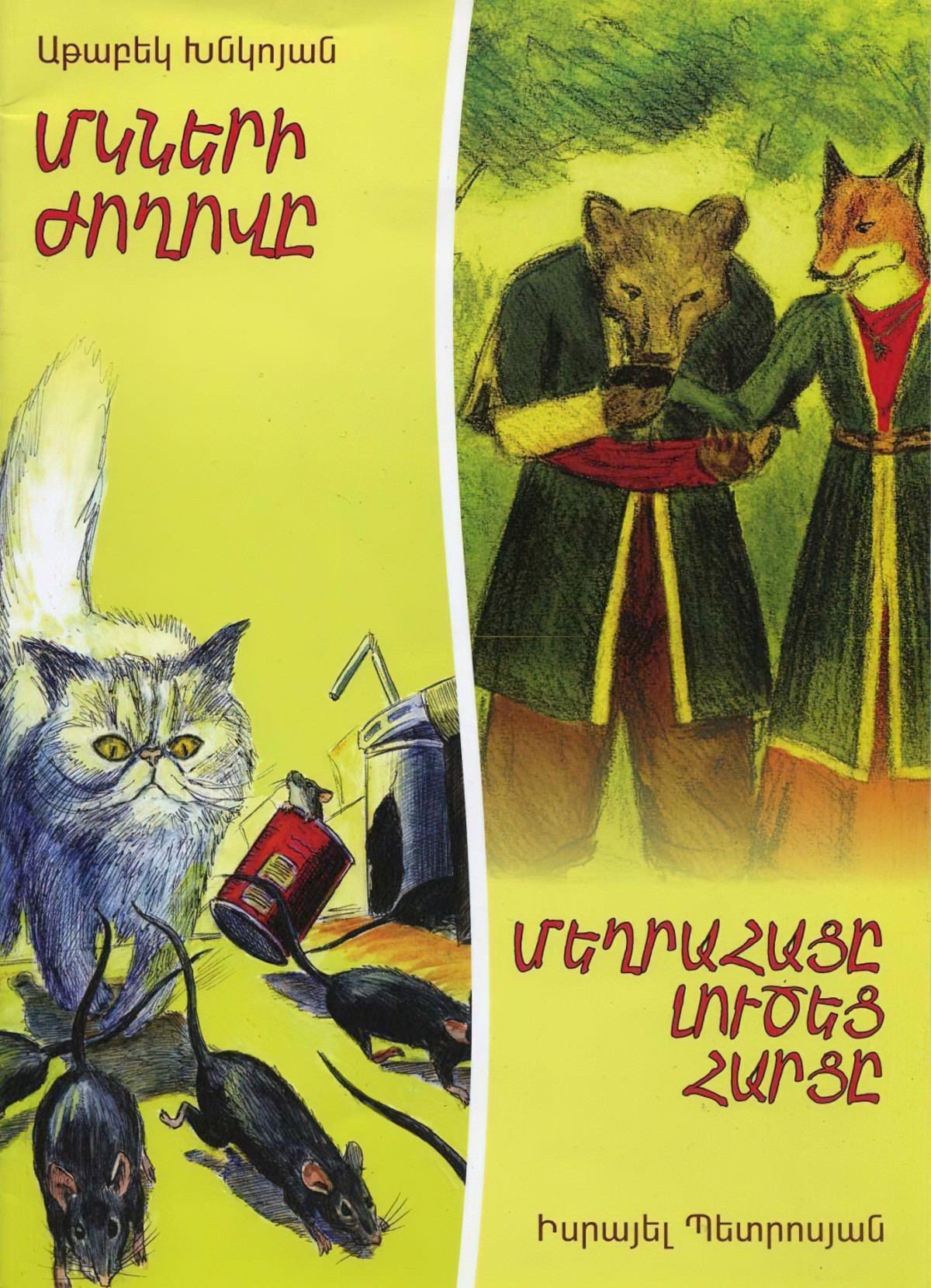
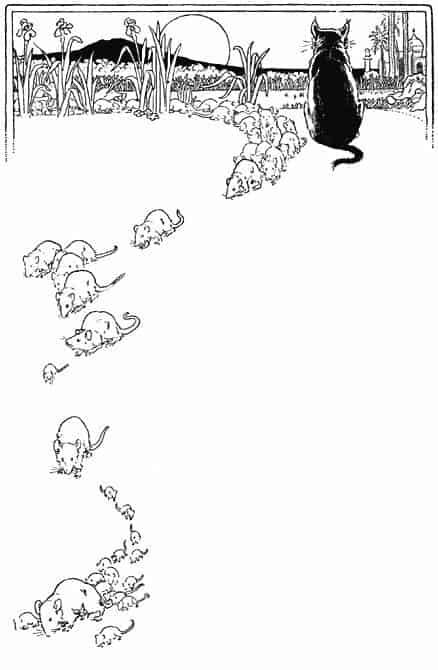
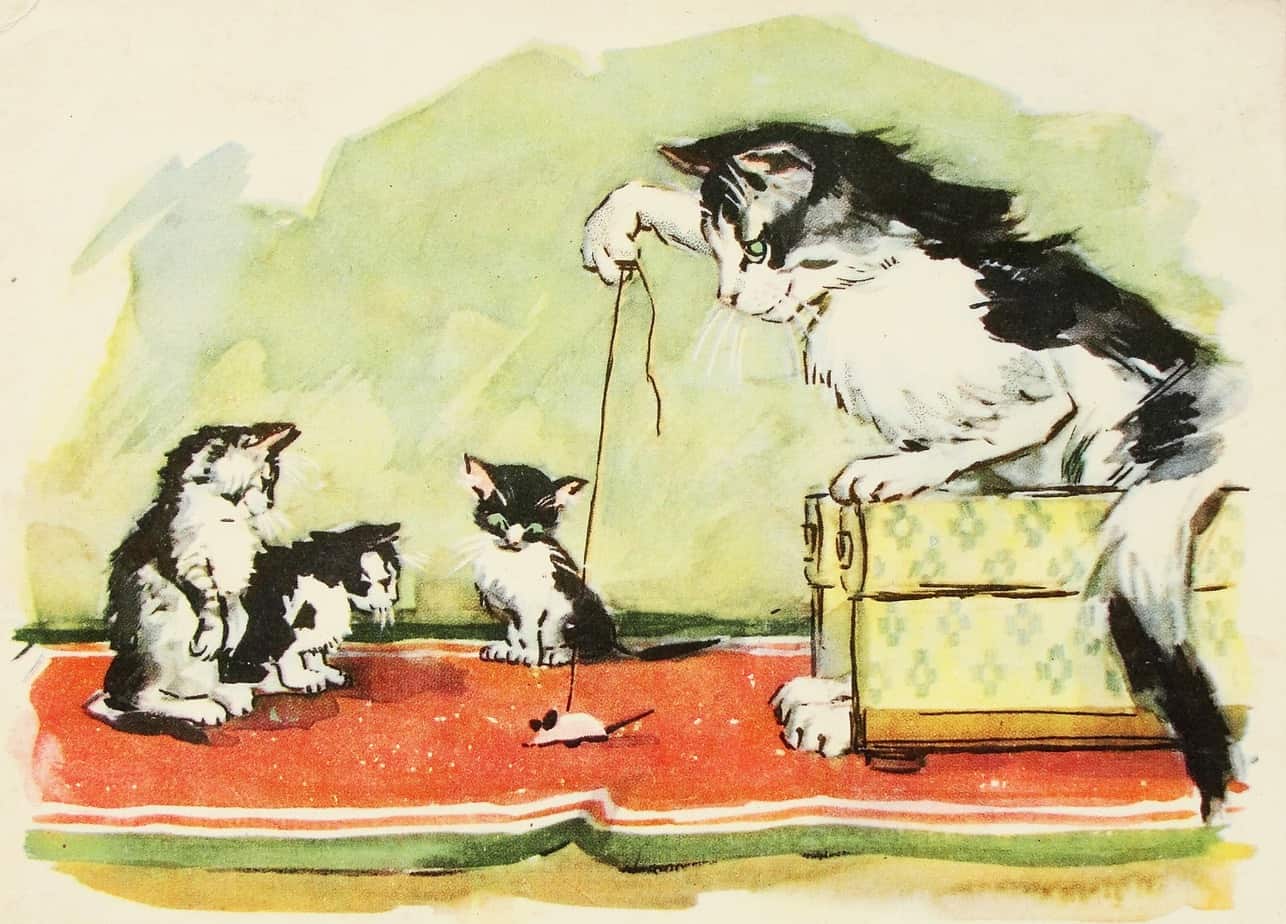
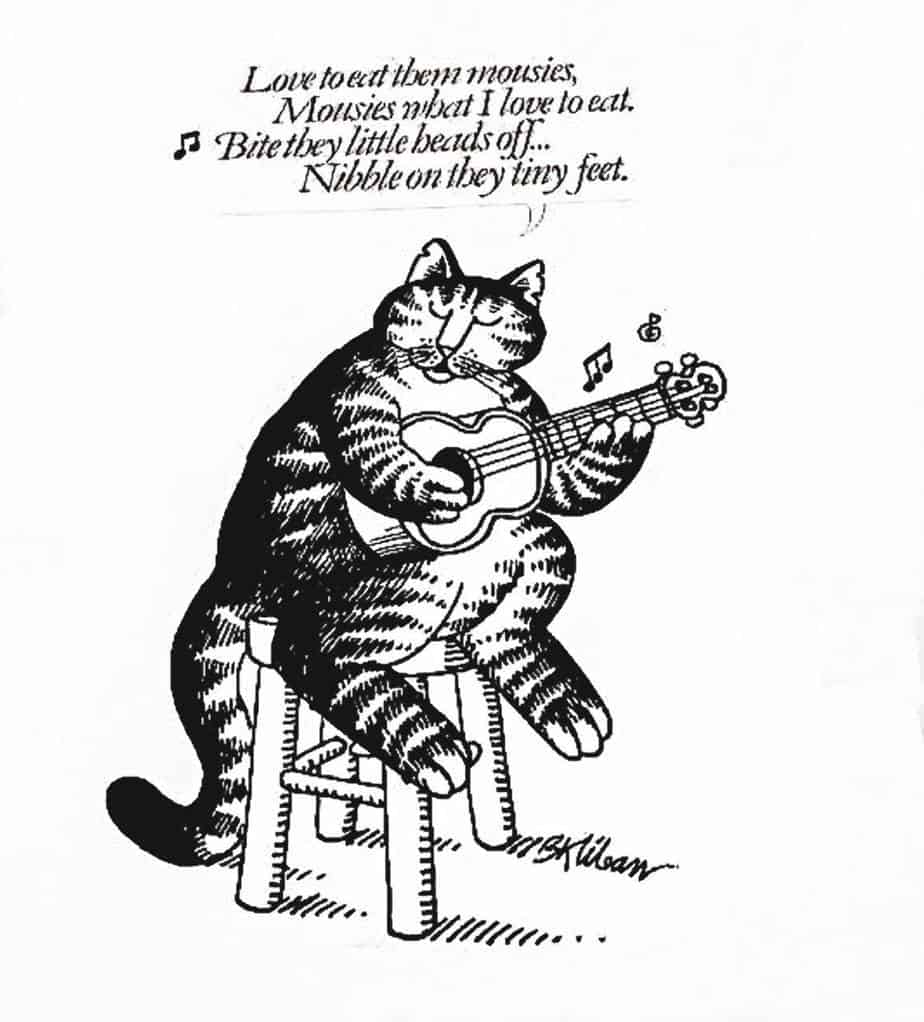
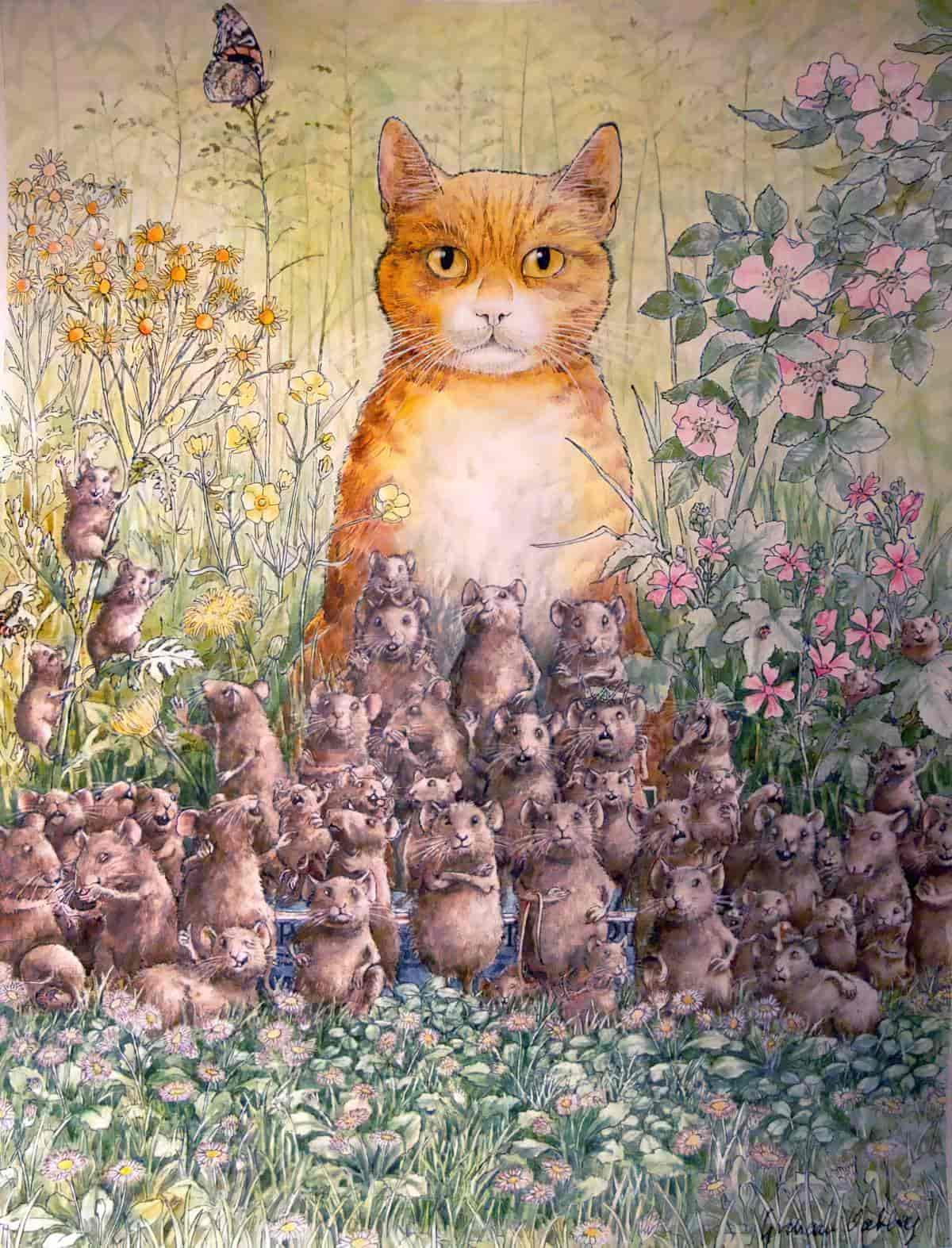
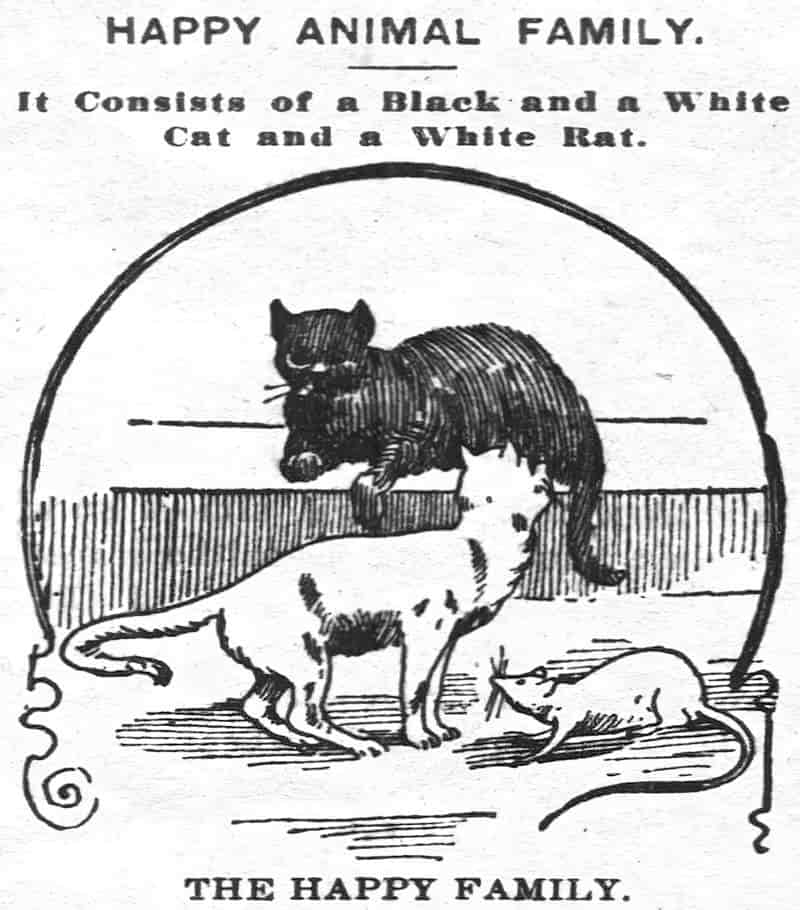
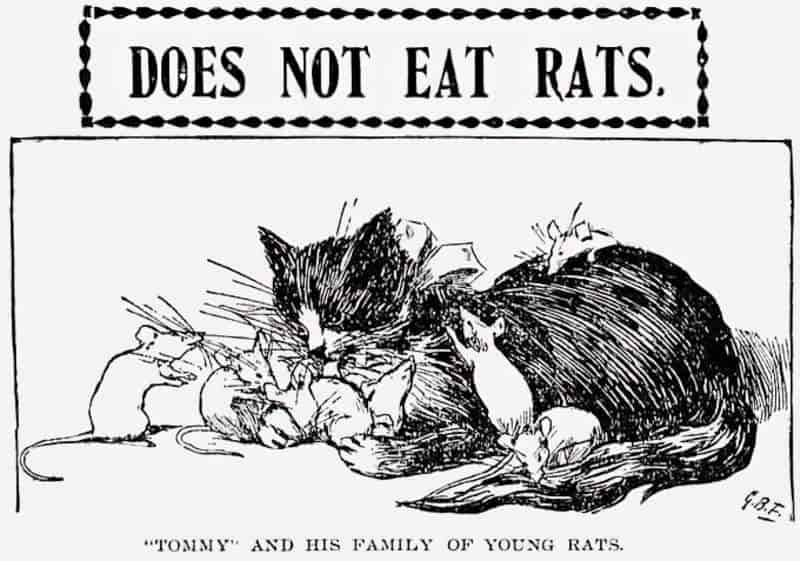
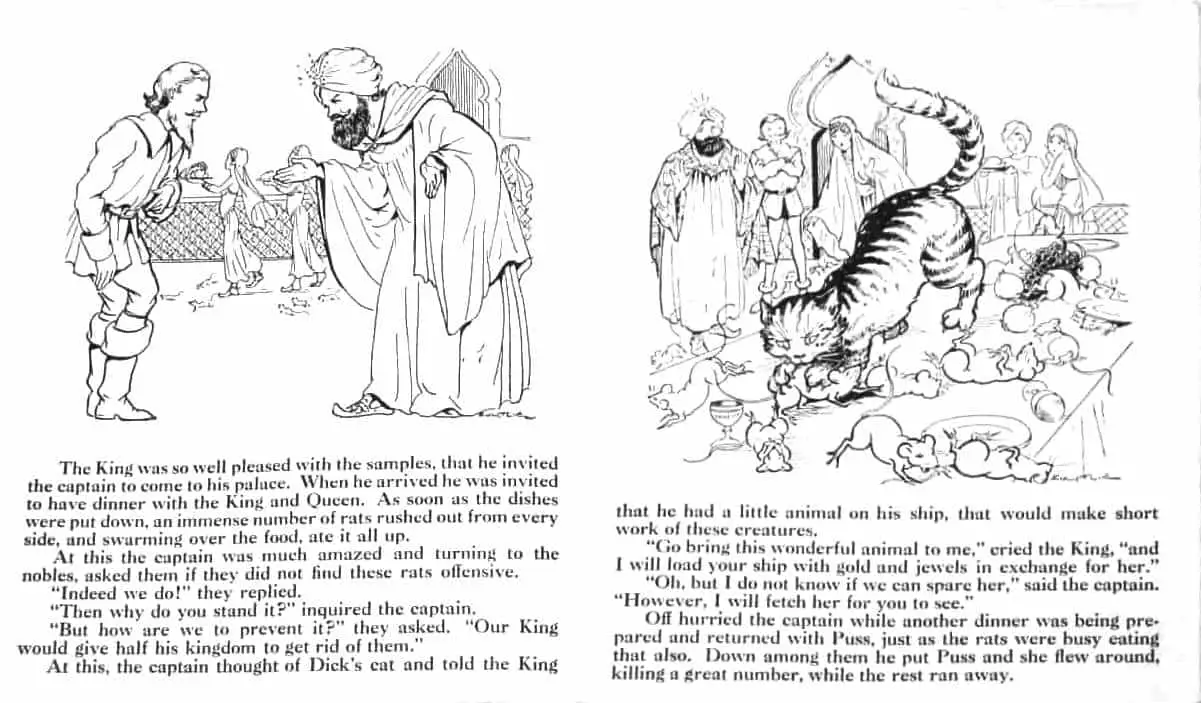
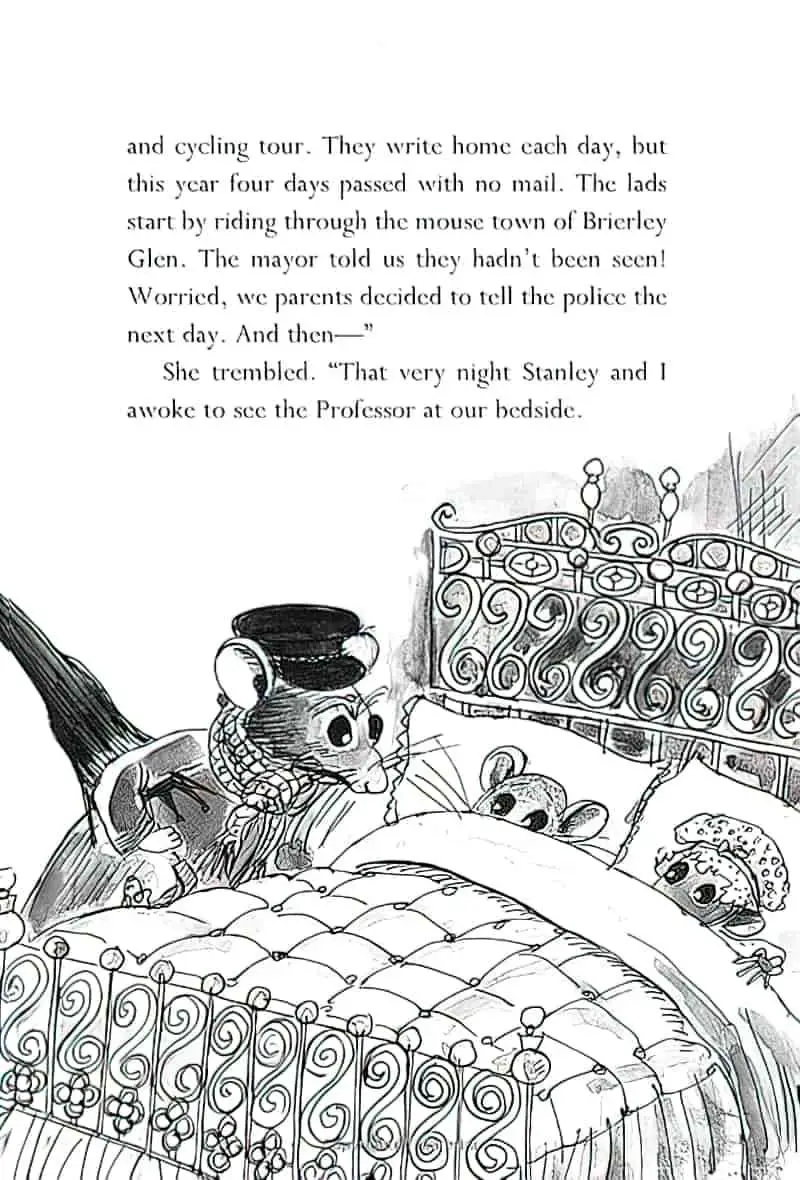
SEE ALSO
ISLAND OF THE SKOG
The Island of the Skog is a 1973 American picture book by Steven Kellogg which is basically an allegory for cosy colonialism. There is an animated version, including a clear ‘belling the cat’ scene. The mice, who have fled persecution as ‘underdogs’ and decided to make a new life on an almost deserted island, know they must first defeat the Skog, fearsome by reputation. They come up with a plan, but who will carry it out?
Listen to Betsy and Kate discuss The Island of the Skog on the Fuse 8 n Kate podcast.
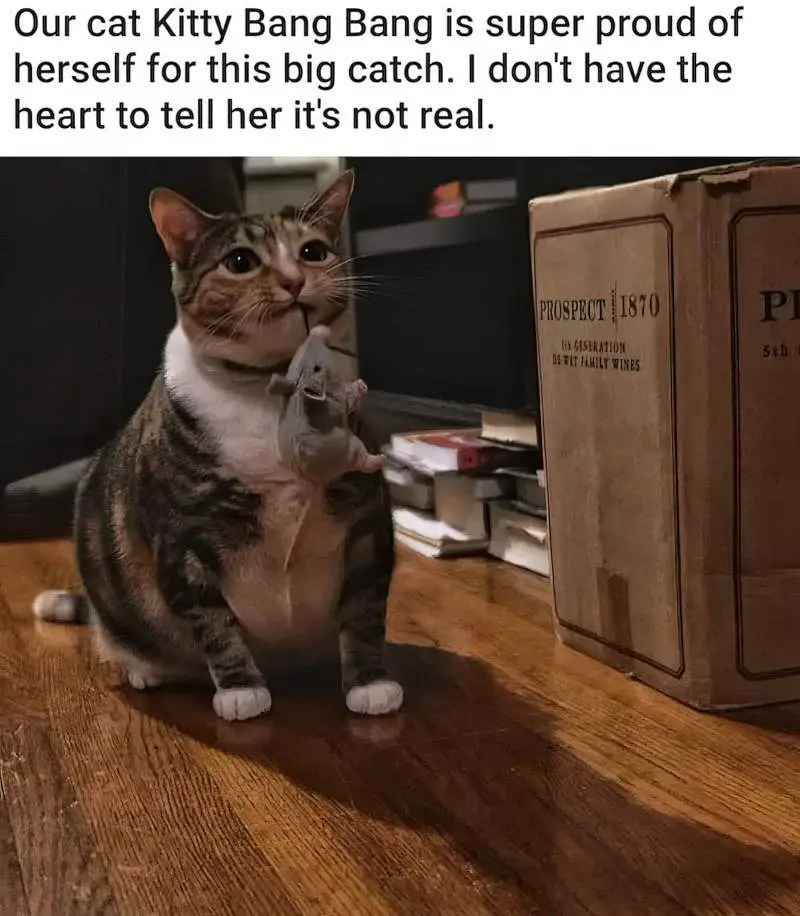
Header image: Gustav Doré The counsel held by the rats, 1868.
